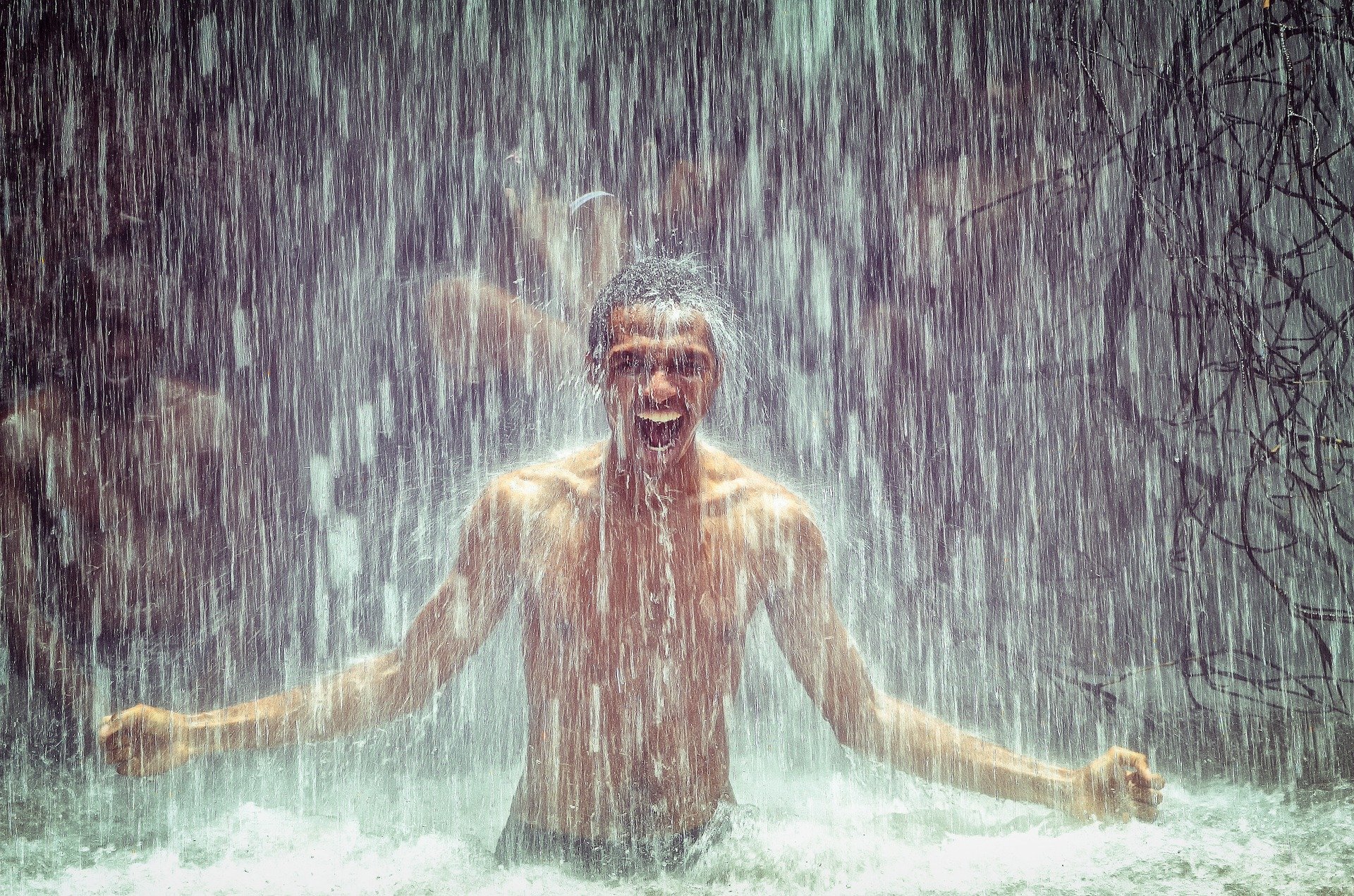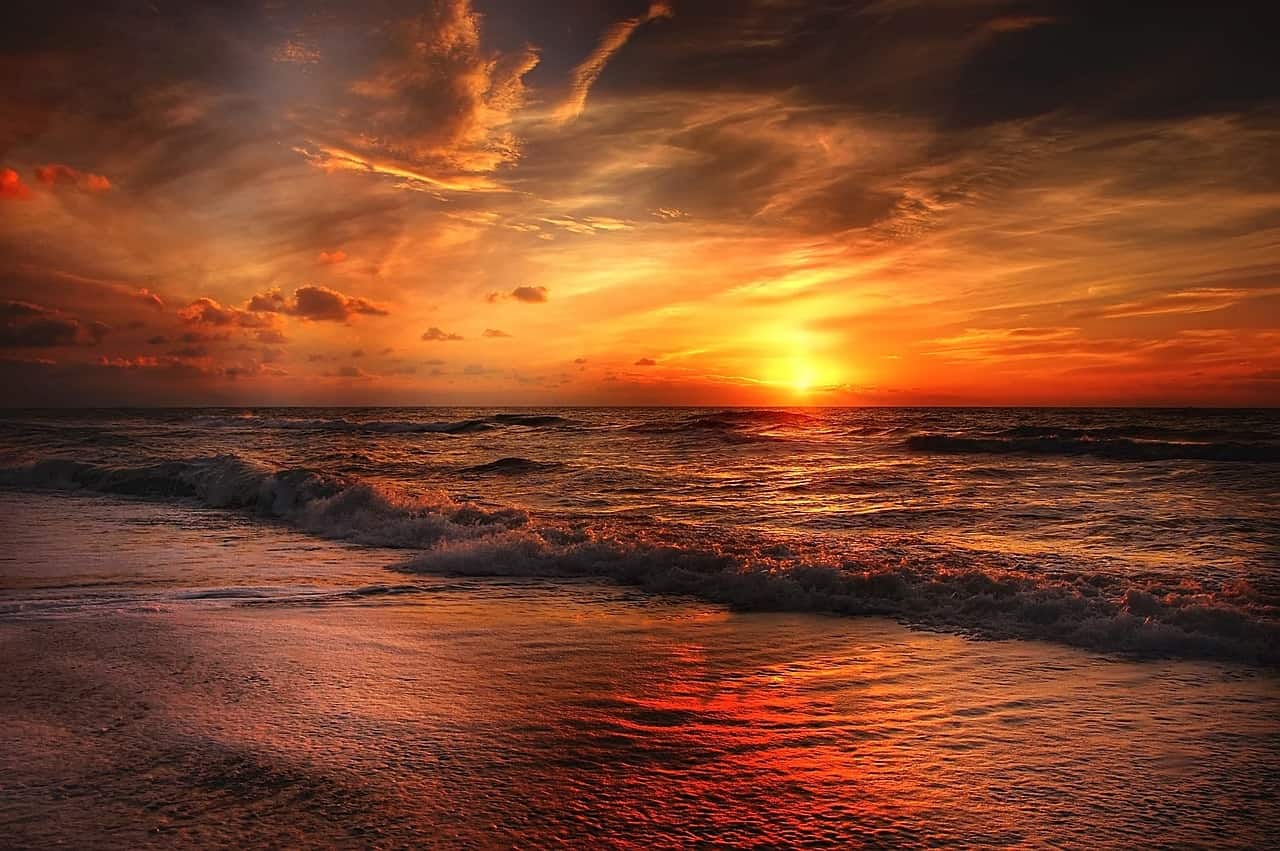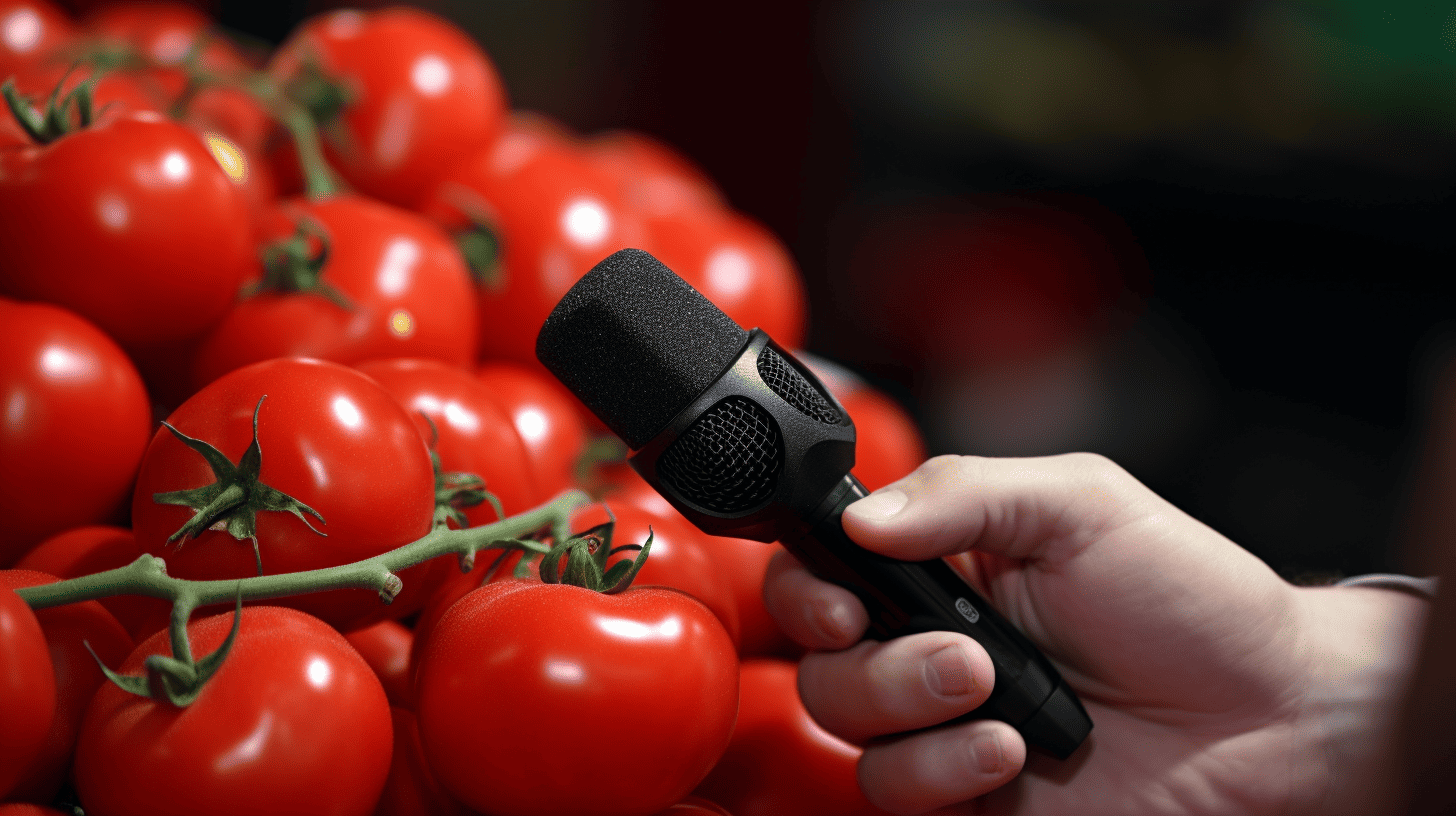
Over the past few weeks, you could smell it on a regular basis. The lovely smell of a heavy downpour after a warm sultry day. Australian scientists once named this smell petrichor, derived from Greek, where petra stands for stone and ichor for the blood that flows through the veins of the Gods. I have come to intensely enjoy (the smell) of rain. Over time, I have noticed a change in myself. More and more I enjoy rain after sunshine, instead of the other way around.
The Netherlands, land of water
The Netherlands and water are inextricably linked. Almost a third of our country lies below sea level. The struggle against water defines our landscape and our history. Water was always plentiful. Our Dutch landscape, beautifully captured on canvas by painters, is marked by ditches, waterways, canals, ponds, lakes, and rivers. Our mills, pumping stations, fields, and dikes are world-famous. The Netherlands has also created a lot of new land over the centuries. Taken from the sea. Land reclamation already took place on a smaller scale during the Middle Ages. In 1612, a large piece of new land was reclaimed by draining a lake: the Beemster. Flevoland (1986) is perhaps the most famous reclaimed area of land. In 1999, this reclaimed area ended up on the UNESCO list of World Heritage Sites.
The battle against water is never over in our delta. The Netherlands is still vulnerable to flooding. Not only from the sea but also from our rivers. Which often have to cope with massive amounts of water. Our struggle against water is steadily changing into going with the flow of water. Through projects such as creating space for rivers, to allow them plenty of room to safely discharge large quantities of water during peaks.
Dryer, drier, driest
However, in recent years we have also increasingly had to deal with (periods of) water shortages. We speak of drought when there is less rain than normal for a long period in combination with extensive evapotranspiration. In other words, when more water evaporates than is added. Evapotranspiration occurs through plants and is determined by sun and temperature. Plant roots absorb water from the soil and the leaves release moisture. Depending on the type of landscape and measures taken, the consequences of drought can vary considerably from place to place. Both farmers and nature are seeing the effects of drought. Of course, drought does not happen in a single day, rather it is a process that plays out over a longer period of time. After a few heavy downpours, the grass can turn green again, but the levels of groundwater level are decreasing more and more as time goes by.
Fighting drought
Consequently, the Netherlands must also start tackling drought. This is not easy in a country where there was always more than enough water. We can handle water surpluses very well, but we’re not so good when it comes to shortages. “The Netherlands is the water drainage champion,” the Dutch Minister of Infrastructure and Water Management Cora van Nieuwenhuizen said in an interview recently. “It’s high time we conserved more water,” she added. So, there’s more work in store for water boards, municipalities, and provinces in terms of water storage, improving the infiltration of rainfall (precipitation) into the soil and management of (ground)water levels.
Farmers can also make a significant contribution to the fight against drought, given that farmers are major consumers of freshwater. They account for 70% of the world’s water consumption. This has a major impact on groundwater levels and the water levels in rivers, ditches, and lakes. In the Netherlands as well.
But we can all do something in our own homes too. For example, by collecting rainwater at home in a rain tank and not pouring it down the drain into the sewer. You can then use that water during dry periods. You can save hundreds of liters of water each year this way. In the Netherlands, 1 in 6 garden owners already gets their garden water from a rain tank. So, the rest of them should also get a rain tank. Moreover, water from a rain tank is better for your garden than tap water, as there is no lime in rainwater. And last, but not least, rainwater is free.
There is something else we can do in the fight against drought: remove any surplus tiles from our gardens. All the gardens in the Netherlands together form an area the size of almost 56,000 hectares (112,000 football fields). And over 40% of those gardens are paved. Because of all the paving, sewers are unable to cope with heavy rainfall. If you remove tiles and paving from gardens, you allow rain to simply sink into the ground and be stored there. Minimal effort, major effect.
After sunshine comes… rain!
To conclude, back to that wonderful smell of rain after a sweltering day. We will experience more and more that rain will end prolonged periods of drought. That rain dispels the threat of a failed harvest. That rain brings plants and animals to life. Therefore, it is time to rethink the meaning of that old adage ‘after rain, comes sunshine.’ It says in the dictionary that this means: ‘after a period of adversity, there will come a better time.‘ Rain is hereby adversity. When I think of that wonderful smell of rain after an overly sultry day, from now on I will say: “after sunshine comes …. rain.”
About this column
In a weekly column, alternately written by Eveline van Zeeland, Jan Wouters, Katleen Gabriels, Mary Fiers, Tessie Hartjes, Buster Franken, Hans Helsloot and Auke Hoekstra, Innovation Origins tries to find out what the future will look like. These columnists, occasionally supplemented with guest bloggers, are all working in their own way on solutions for the problems of our time. So tomorrow will be good. Here are all the previous IO episodes.







